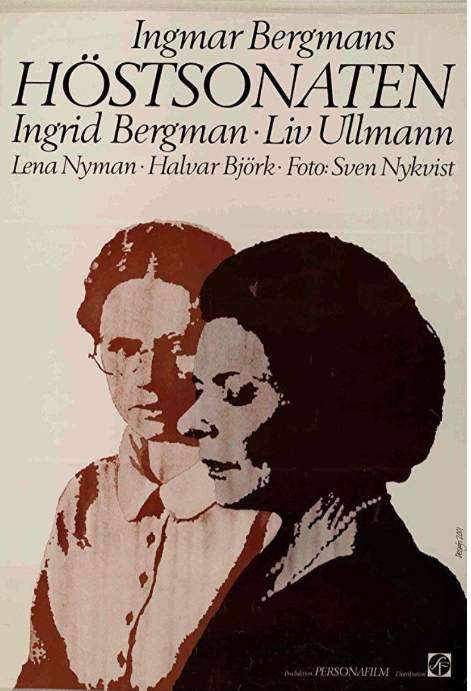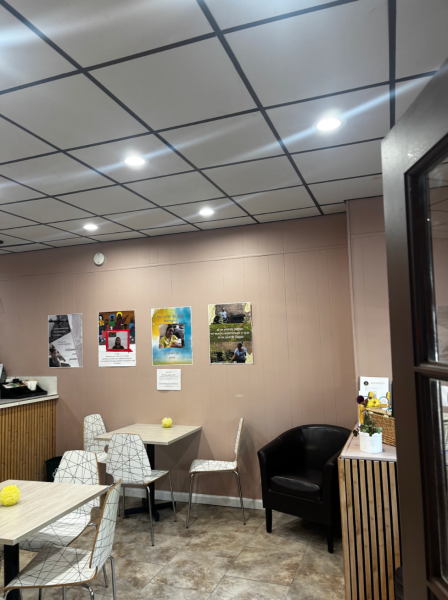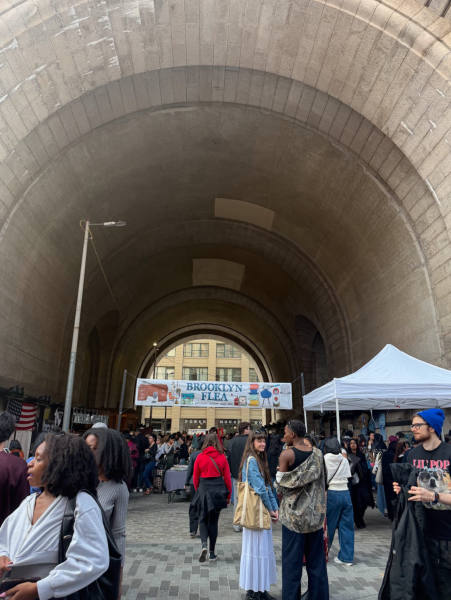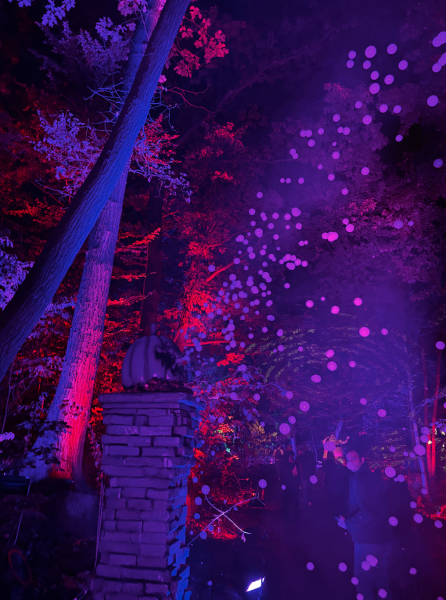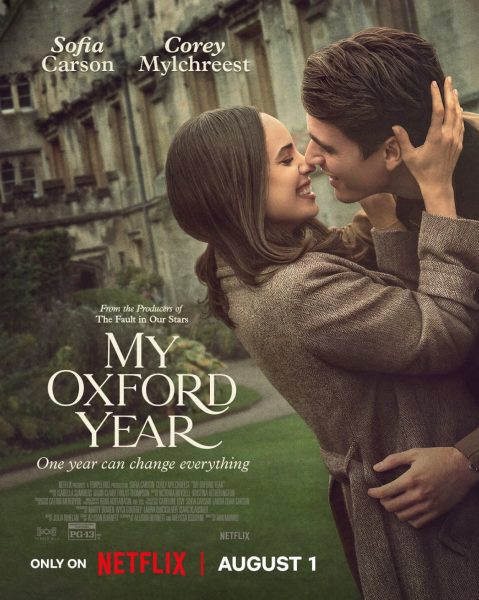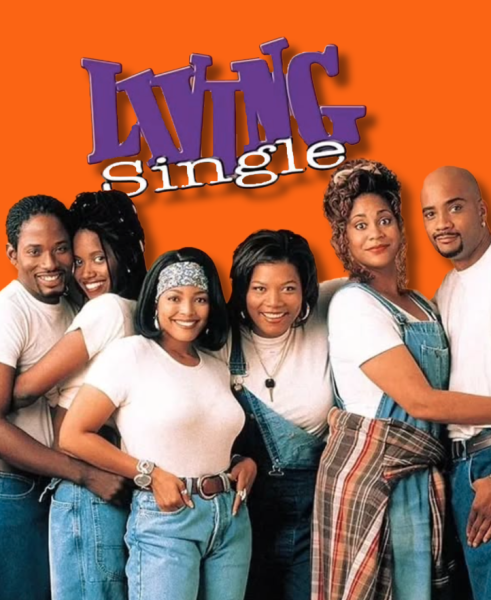The Fall Season in Bergman’s Autumn Sonata
Fall has once again graced New York City with its presence. The leaves have started to show the symptoms of their impending metamorphosis and the temperate weather finally offers a respite from the pervasive summer heat. The wonderful thing about the season is that there isn’t a wrong way to spend it. While some like to travel out of the city to enjoy our state’s natural beauty, others prefer to brew a kettle of tea and read a book. I myself am partial towards taking long walks through Central Park with a hot cup of black coffee in hand. Of course, there’s no better way to spend a fall night than watching a great film. And what better film to watch than a moody drama from one of cinema’s defining voices, Ingmar Bergman?
“Autumn Sonata,” released in 1978, is a late career masterpiece from the Swedish auteur, and it’s as beautifully shot as it is gut wrenching. The film takes place over a single night that sees concert pianist Charlotte (Ingrid Bergman) visiting her estranged daughter Eva (Liv Ullmann). Eva lives with her husband Viktor (Halvar Björk) and takes care of her paralyzed sister Helena (Lena Nyman). The actors perform their roles with a great sense of emotional restraint, especially the great Ingrid Bergman (no relation to the film’s director) who delivers her most complex and tragic performance. To call this film subtle in its storytelling would be an understatement. The film never feels like it’s telling a typical story, as the plot is quite minimal. Rather, it feels as if the audience is getting a glimpse into these characters’ very psyches by witnessing their most private moments with each other. Bergman opts for restrained camerawork here, utilizing slow, sweeping pans and long takes with a minimal number of cuts. The camera takes its time in depicting every possible surface and corner of the house the film is set in, creating a cozy and intimate atmosphere of domesticity that is simultaneously suffocating and imprisoning.
Also notable is the film’s use of close up shots, which allow the actors to convey the emotion of a scene through their facial expressions. Often, these close up shots contain a striking contrast of foreground and background, such as an early scene where Viktor relates to the audience his inability to connect with his wife as she remains just out of focus in the background. In the film’s finest scene, Eva plays a piece by Chopin on the piano, but Charlotte finds her interoperation of the piece to be below her lofty standards. Charlotte sits down next to her daughter and begins to play the piece herself, “correcting” her daughter’s seeming mistakes. The camera lingers on the faces of mother and daughter. To Charlotte, this moment is one of teaching; to Eva, it encapsulates the torment of her strained relationship with her mother.
“Autumn Sonata” lives up to its title as the perfect film of this season. It captures its devastating subject matter in stunning reds, oranges, and browns, reflecting the changing of both the physical environment and of the characters. It perfectly encapsulates the feeling of the fall season, that simultaneous sensation of melancholy and desire. It shows restraint, but it never loses urgency. It’s picturesque, but never peaceful. It’s a heavy watch, but it’s the most thoughtful examination of the autumnal season put to film.





































































































































































































